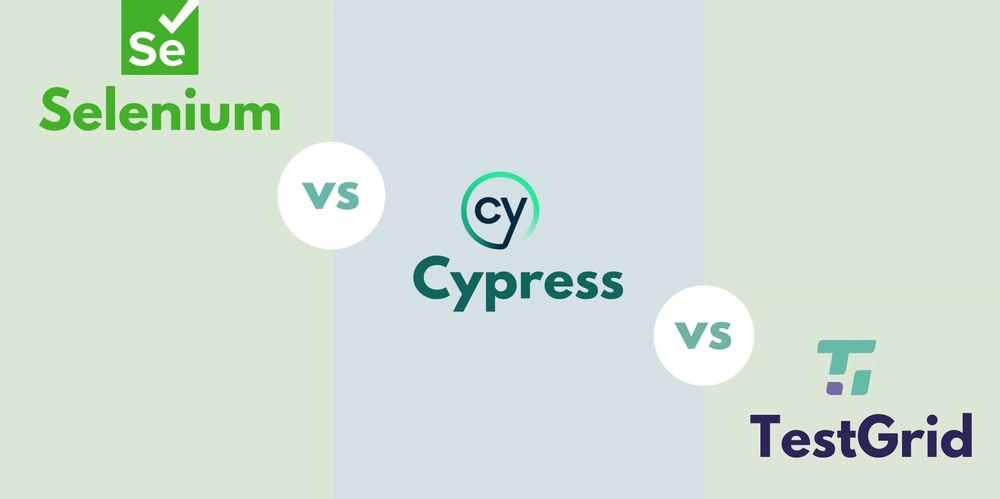Dev
2w
134

Image Credit: Dev
Comparing Web Testing Tools: Selenium vs. Cypress vs. TestGrid
- Web testing tools like Selenium, Cypress, and TestGrid are essential for ensuring website functionality and meeting user requirements to boost market reach and user experience.
- Selenium, an open-source tool suite, supports cross-browser compatibility, multiple frameworks, parallel testing, and multiple programming languages for web testing.
- However, Selenium requires additional setups, lacks specific in-built solutions, and has limited reporting features.
- Cypress, another open-source framework, offers automatic waiting, effective debugging, quick setup, and real browser testing for modern web applications.
- Yet, Cypress lacks built-in support for parallel testing, multiple tabs support, and mobile device testing capabilities.
- TestGrid, an AI-based codeless testing platform, focuses on cross-browser and cross-device testing, secure cloud infrastructure, real device testing, and simplified testing processes.
- TestGrid also excels in codeless automation, comprehensive real-time reporting, and parallel testing, making web testing efficient and effective.
- Choosing between Selenium, Cypress, and TestGrid should depend on budget, specific test requirements, and final goals to ensure an optimal testing solution for your website or web application.
- Ultimately, the goal of using these web testing tools is to provide end users with a seamless experience across devices and operating systems, enhancing website quality and brand reputation.
- Web testing plays a crucial role in preventing data loss, enhancing user engagement, and fostering trust in your brand, making it a critical aspect of website development and maintenance.
Read Full Article
8 Likes
For uninterrupted reading, download the app